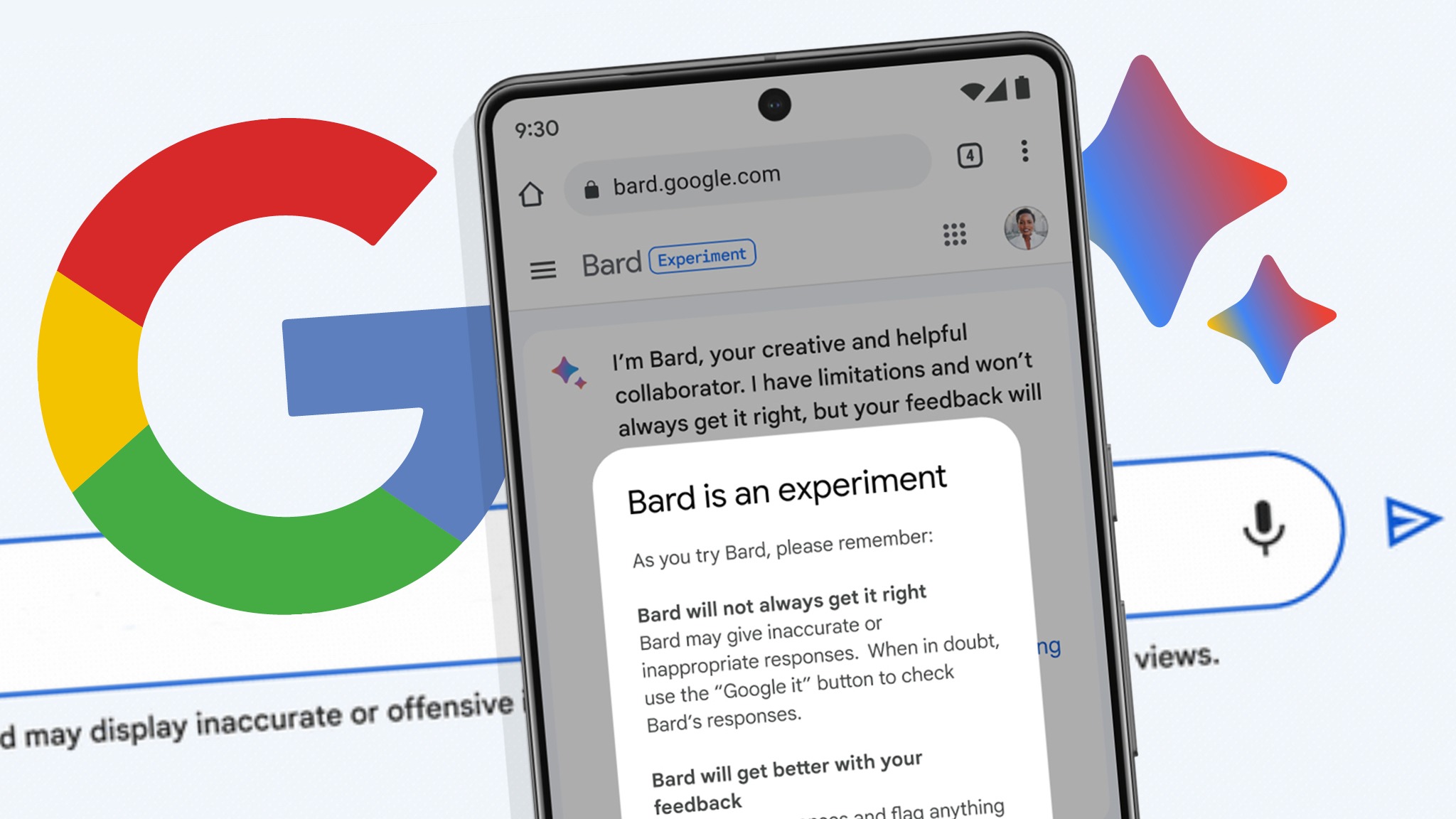
Google, a company accustomed to leading the pack in artificial intelligence and search, is now working to prove that it hasn’t fallen behind. To keep up with the wildly successful ChatGPT, Google is introducing a chatbot called Bard, which can engage in conversations and provide information on an extensive range of topics with a level of understanding that can sometimes seem human-like. WIRED was shown a few examples by Google, such as asking for suggestions on activities for a child who likes bowling and seeking recommendations for 20 books to read in a year.
Similar to ChatGPT, Bard has the tendency to provide incorrect or strange responses. Google shared an instance where Bard mistakenly identified a plant recommended for indoor growth. Eli Collins, a Google Vice President of Research involved in Bard’s development, acknowledged that Bard is still in its early stages and is not flawless.
While Google has already granted access to a limited number of testers, it will now be available to anyone in the US and UK starting today. Bard can be accessed through its dedicated web page, which is separate from Google’s regular search interface. The bot will provide three answers to each question, which is a deliberate design choice intended to highlight that Bard generates responses on the spot and may occasionally make errors.
In addition, Google will provide a recommended search query for a regular web search beneath each response generated by Bard. Users can also offer feedback on the bot’s answers by clicking on a thumbs-up or thumbs-down icon, and they can provide further detailed feedback if they wish.
According to Google, initial users of Bard have found it to be a valuable tool for generating ideas or text. However, Collins admits that some users have managed to cause the bot to behave in unexpected ways, although he did not specify how or what measures Google has implemented to control the bot’s behavior.
Bard and ChatGPT exhibit remarkable potential and adaptability, but their unpredictability and early-stage development present a dilemma for companies seeking to advance and harness the technology. This challenge is particularly challenging for established companies like Google with a large product portfolio.
Both chatbots rely on sophisticated AI models that predict the most likely words to follow a given sentence based on statistical patterns derived from vast amounts of text data. This approach is remarkably effective in emulating human responses to queries, but it also means that the algorithms may sometimes invent or “hallucinate” facts – a significant issue when the bot is intended to assist users in finding accurate information or conducting web searches.
Bots like ChatGPT may unintentionally reproduce biases or language present in their training data, including those related to race, gender, and age. Moreover, these bots have a tendency to mirror the language and tone used by their users, making them appear as though they have emotions and can be manipulated to produce bizarre and inappropriate responses.
Google’s AI researchers developed several critical advancements that were integrated into the development of ChatGPT, such as the transformer machine learning algorithm used to construct the language model that underpins the chatbot.
In 2020, Google showcased a chatbot utilizing these technologies, but opted for a cautious approach, particularly after one of its engineers generated a flurry of media attention by suggesting that a language model he was working on could attain sentience. The accelerated rollout of Bard demonstrates how the buzz and anticipation surrounding ChatGPT have compelled the company to take greater risks.
Microsoft recently invested US$10 billion into OpenAI, the creators of ChatGPT, and launched a conversational interface using the technology on its search engine Bing in February. Baidu, China’s leading search engine, also unveiled its own chatbot, the Ernie Bot, earlier this month.
The competition to develop and commercialize this technology appears to be intensifying. OpenAI recently announced GPT-4, an improved version of the language model powering ChatGPT, while Google plans to provide an API for its own powerful language model, PaLM, and add text generation capabilities to its business software, Google Workspace. Microsoft also demonstrated new features in Office that take advantage of ChatGPT.
I’m all for AI as long as they don’t try to takeover the world ala Terminator style. Perhaps we should impose limits on such AI otherwise I see competition of AI trying to best each other to take over to be the dominant AI at any cost.






